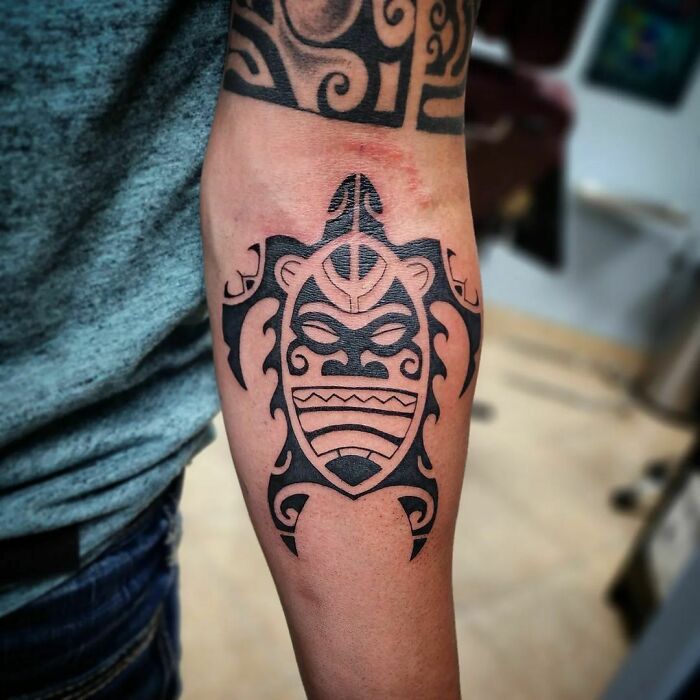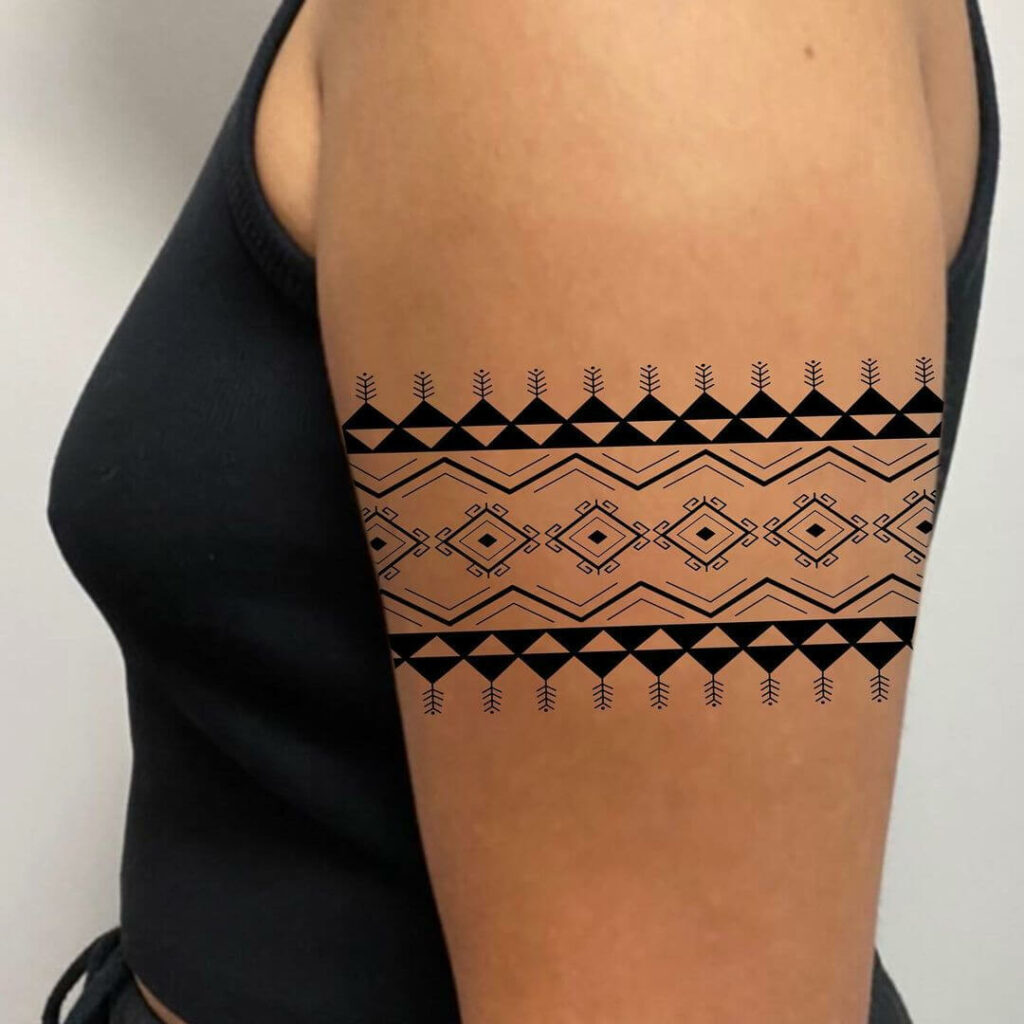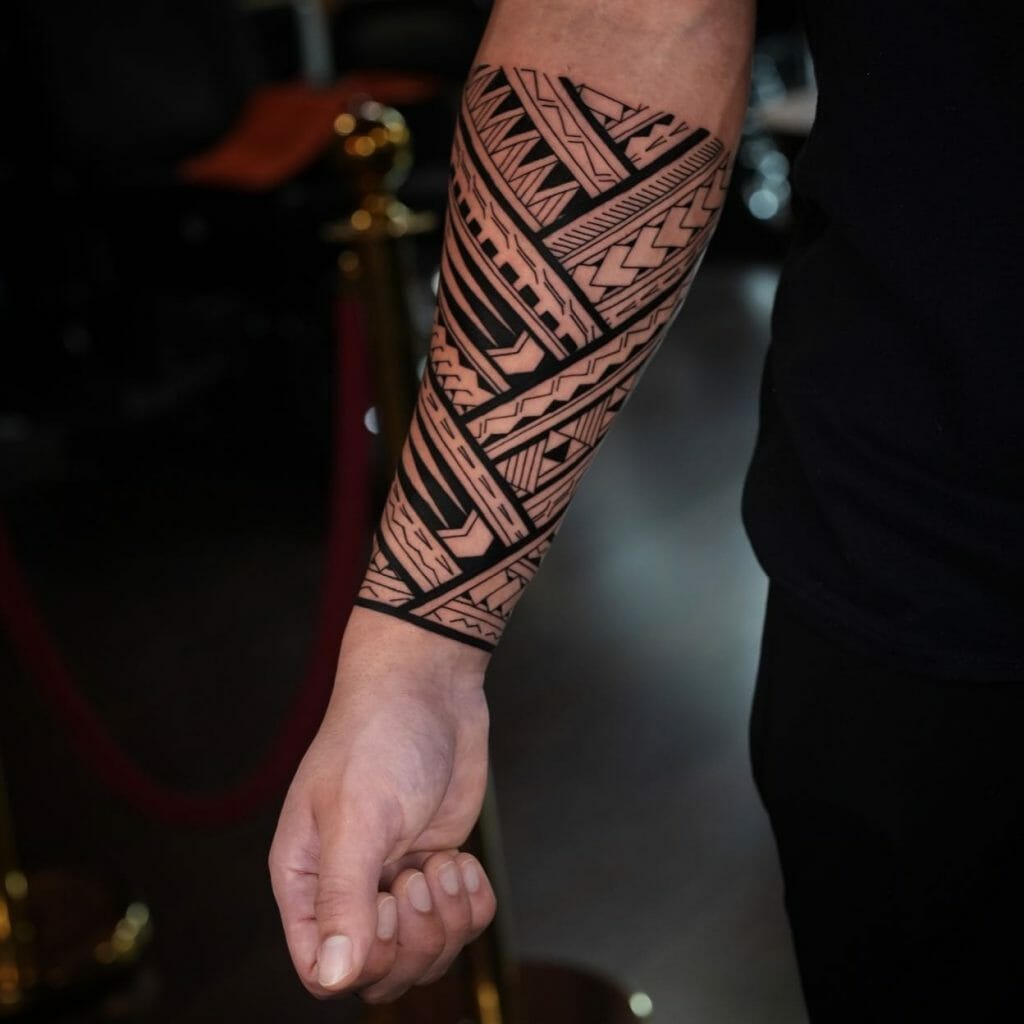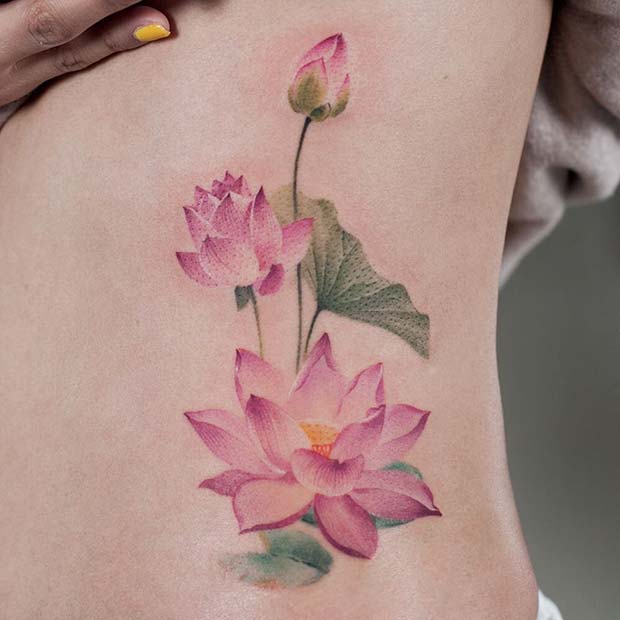
Embracing Tradition: Tribal Tattoo Insights in Various Societies
The Origins of Tribal Tattoos
Tribal tattoos have a rich history that spans many cultures and continents. Originally, these marks had deep meanings and were a key part of many societies’ identities. From the tribes of Africa to the indigenous communities in the Pacific Islands, a tribal tattoo was not just body art, it was a language. It told stories of social status, family history, and achievements.
In ancient times, tribal tattoos often symbolized rites of passage. For young men and women, getting a tribal tattoo could mark their transition into adulthood. Warriors in some cultures received tattoos to signify their strength or victories in battle. Priests or shamans bore marks that distinguished them as spiritual leaders.
The methods for tattooing were as varied as their meanings. Some tribes used bone needles and natural dyes, while others employed simple tools made from nature. Despite the different techniques, a common thread was the shared experience of pain and endurance, bonding members of the tribe through this transformative process.
Tribal tattooing was not only about decoration but also protection. Many believed these designs warded off evil spirits or provided supernatural powers. Over centuries, the significance of these tattoos evolved, but they always remained an integral part of tribal culture.
As explorers began traveling the globe, they encountered these unique markings. By sharing their findings, the allure and mystique of tribal tattoos spread. Today, although the times have changed, the fascination with these ancient symbols and their origins endures. People seek tribal tattoos not only for their visual impact but to connect with the ancient traditions and meanings that they carry.
Cultural Significance of Tribal Tattoos in Various Societies
Tribal tattoos are more than mere body art in many societies. They often hold a sacred status. Each culture adds its meaning to the tribal tattoo, enriching its significance. For example, in Maori culture, the ‘moko’ is a symbol of high status and respect. In Borneo, a person with a tattoo could signify someone of importance, like a healer or a warrior.
In Native American societies, tribal tattoos often reflect spiritual beliefs or show tribal affiliations. They act as a badge of honor, courage, and dedication. Likewise, in African tribes, specific patterns could tell a person’s tribe, social rank, and even marital status. Tattoos in these societies serve as a bridge to their ancestors and a marker of their identity.
The cultural significance of tribal tattoos goes beyond aesthetics. It’s a profound expression of history, community, and personal journey. They are storytellers of one’s past, present, and aspirations for the future. When choosing a tribal tattoo, it is crucial to understand and respect the symbolism and heritage it represents.

Tribal Tattoo Styles and Their Meanings
Tribal tattoo styles vary greatly across the globe, each with its own unique significance. In Polynesia, the intricate patterns and motifs reflect personal and tribal histories. Shapes and symbols may denote genealogy, social status, and personal achievements. The Maori ‘moko,’ for instance, is a facial tattoo that encapsulates one’s family lineage and status.
African tribal tattoos often use geometric designs and bold lines to express identity and beliefs. In certain cultures, tattoos signify a person’s tribe or societal role. They act as permanent amulets for strength or protection in life’s challenges.
In North America, Indigenous people’s tribal tattoos symbolize connections with spiritual guides or animals. These tattoos sometimes mark important life events or acts of bravery. Common motifs include animals, totems, and nature-inspired designs that hold cultural truths.
The Pacific Islands are famous for ‘Samoa tattoos’ or ‘pe’a,’ which take form in expansive patterns across the body. Each design serves as a visual language to tell the story of the wearer’s life and heritage.
Borneo island has a rich tradition where tattoos indicate a person’s skills. A hunter might have tattoos illustrating his prowess, while a fisherman might have symbols associated with the sea.
Understanding the meanings behind tribal tattoo styles is crucial. It’s a gesture of respect for the cultures from which they originate. When choosing a tribal tattoo, be mindful of its cultural origins and ensure it’s done with appreciation for its profound significance.
The Process of Getting a Tribal Tattoo
Deciding to get a tribal tattoo is often the first step in a journey that is both personal and deeply rooted in cultural tradition. The process varies widely, depending on the cultural background and the specific practices associated with that tribal tattoo style. Here’s what typically goes into the process of getting a tribal tattoo:
- Research and Respect: Understanding the symbolism and heritage behind tribal tattoo designs is critical. Before making a decision, research thoroughly to respect the culture it comes from.
- Choosing a Design: The tribal tattoo you select should resonate with your personal story or the cultural meanings you wish to honor.
- Finding an Artist: Select an artist skilled in tribal tattooing. This ensures the correct technique and also respects the traditional craft.
- The Consultation: Discuss your choice with the tattoo artist. They can advise on the design’s placement and size, considering your body’s contours and the tattoo’s visibility.
- Preparing Mentally and Physically: Tribal tattooing can be extensive and sometimes more painful than other styles. Prepare mentally for the process and follow any guidelines your artist provides for before care.
- The Tattooing Session: During the session, traditional tools or modern equipment might be used, depending on the style of the tattoo. The duration will vary based on the design’s complexity.
- Following Aftercare Instructions: Proper aftercare is crucial for healing. Your artist will provide instructions on how to care for your new tattoo.
Each step carries weight in the overall experience. A tribal tattoo is not just an aesthetic choice but an act of carrying cultural legacy and personal identity. Thus, consider each phase carefully to ensure a meaningful and respectful experience.

Modern Interpretations and Adaptations of Tribal Tattoos
Tribal tattoos have evolved from their ancient roots. Today, they blend tradition with modern flair. As global interest in these designs has grown, so has the variety of interpretations. Modern adaptations honor the past while catering to contemporary tastes. Many artists mix traditional patterns with modern techniques, creating unique pieces that bridge different eras.
The influence of tribal tattoos has expanded beyond original cultures. People from diverse backgrounds now wear these designs. They often choose tribal tattoos for their bold, graphic appeal. However, it’s vital to recognize the deep cultural connections these tattoos still possess. As the world becomes more aware of cultural appropriation, choosing tribal tattoos with respect is key.
When adapting tribal tattoos, there is a focus on aesthetic appeal and personal meaning. Some people incorporate elements dear to them, like family symbols or life milestones. They wish to carry a piece of history and culture on their skin while making it part of their story.
In fashion, tribal tattoos have seen a surge in popularity. They are often used in photoshoots, runway looks, and everyday style. This has sparked debates about cultural sensitivity. It underscores the importance of understanding the significance behind these designs.
As we embrace the modern era, the adaptation of tribal tattoos reflects a merging of worlds. It’s a nod to their enduring influence and a challenge to keep their meanings alive. For those looking to get a tribal tattoo, remember to approach with respect. Acknowledge the heritage and consider how your choice honors the art form’s origins.
Choosing the Right Tribal Tattoo Design
Selecting the right tribal tattoo design is a process that requires thought and sensitivity. It’s essential to choose a design that resonates with you personally while also paying homage to the culture it represents. Here are some steps to guide you:
- Reflect on Your Motives: Ask yourself why you want a tribal tattoo. Make sure your intent honors the tradition and culture.
- Research the Background: Deepen your understanding of the tribal tattoo’s origins. Learn about the symbols, meanings, and histories of different tribal tattoos.
- Consult with an Expert: It’s beneficial to talk to an expert or artist well-versed in tribal tattoos. They can help you navigate the cultural nuances.
- Find Personal Connection: Look for elements in the design that speak to your life experiences or values. The tattoo should be a representation of your identity.
- Be Mindful of Placement: Consider where on your body the tattoo will go. Placement can affect the design’s meaning and visibility.
- Customize Respectfully: If you’re considering a custom design, ensure it’s done respectfully. Avoid cultural misappropriation by not taking symbols out of context.
- Get the Community’s Perspective: If possible, seek feedback from members of the culture the tattoo originates from. Their input can be invaluable.
- Plan for the Future: Think about how the tattoo will resonate with you over time. Tribal tattoos are permanent marks that carry a story.
Choosing a tribal tattoo is a significant decision that should be approached with respect and care. Ensure that the design is more than an aesthetic choice; it must reflect cultural respect and personal significance.

The Role of Tribal Tattoos in Contemporary Fashion
Tribal tattoos have become a significant trend in today’s fashion world. Their dynamic patterns and deep cultural roots appeal to many, from celebrities to fashion enthusiasts. These tattoos often make bold statements, complementing an individual’s style and persona.
In contemporary fashion, tribal tattoos serve various purposes. They may accentuate specific body features or complete the overall aesthetic of an outfit. Fashion designers have also drawn inspiration from tribal tattoos for clothing patterns, accessories, and runway themes.
Here are some key ways tribal tattoos interact with modern fashion:
- As Style Statements: They convey personal style and can symbolize a wearer’s bravery, freedom, or connection to heritage.
- In High Fashion: Tribal motifs appear in collections of major fashion houses, bringing traditional designs to the global stage.
- Influence on Accessories: Jewelry and apparel feature tribal-like patterns, blending tradition with modern design elements.
- As a Means of Expression: For many, they’re a form of self-expression, allowing individuals to tell their stories through body art.
Having a tribal tattoo in today’s fashion scene can be a powerful form of expression, but it should be approached responsibly. It’s important to be aware of and sensitive to the cultural origins of these tattoos. Wearers should understand the significance behind the patterns and motifs they choose to showcase on their bodies or clothing. Making informed choices not only respects the cultures these designs come from but also deepens the personal connection to the art form.
Aftercare and Healing of Tribal Tattoos
Once you have your tribal tattoo, the journey doesn’t end there. Proper aftercare is key to ensure the design heals well and maintains its beauty. Here’s a simple guide to help you through the healing process:
- Keep it Clean: Gently wash the tattoo with mild, unscented soap and water. Pat it dry with a clean cloth.
- Apply Ointment: Use a recommended tattoo healing ointment sparingly. This keeps the tattoo moist and promotes healing.
- Avoid Sunlight: Protect your tattoo from direct sun exposure. Sun can fade the ink and slow down the healing process.
- Don’t Soak: Stay away from swimming pools, hot tubs, and long baths. Submerging your tattoo can cause infections.
- Wear Loose Clothing: Let your skin breathe. Tight clothing can irritate the tattooed area.
- No Picking or Scratching: As the tattoo heals, it will scab and itch. Avoid picking or scratching to prevent scars.
- Stay Hydrated: Drink plenty of water. Good hydration helps your skin heal faster.
Follow these steps, and give your skin time to recover. It typically takes about two weeks for a tattoo to heal on the surface. However, complete healing can take up to a few months. Listen to your body and consult your tattoo artist if there are any concerns. Remember, good aftercare turns a tribal tattoo into a long-lasting symbol of your connection to tradition.

